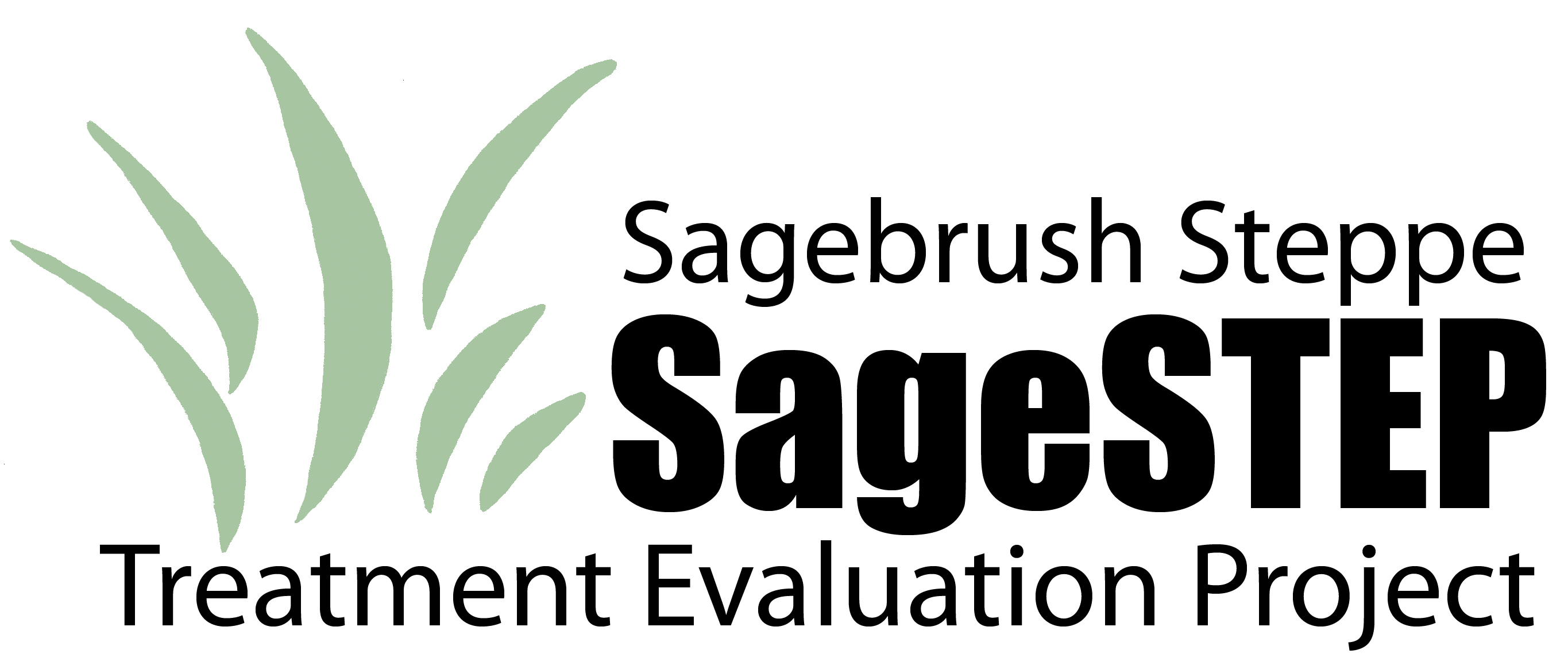Document Type
Article
Journal/Book Title/Conference
Rangeland Ecology & Management
Volume
64
Issue
5
Publisher
Society for Range Management
Publication Date
9-2011
First Page
463
Last Page
470
Abstract
Research on the impacts of wildfire and invasive plants in rangelands has focused on biophysical rather than human dimensions of these environmental processes. We offer a synthetic perspective on economic and social aspects of wildfire and invasive plants in American deserts, focusing on the Great Basin because greater research attention has been given to the effects of cheatgrass expansion than to other desert wildfire/invasion cycles. We focus first on impacts at the level of the individual decision-maker, then on impacts experienced at the human community or larger socio-political scales. Economic impacts of wildfire differ from those of invasive grasses because although fire typically reduces forage availability and thus ranch profit opportunities, invasive grasses can also be used as a forage source and ranchers have adapted their grazing systems to take advantage of that circumstance. To reduce the threat of increased ranch bankruptcies, strategies are needed that can increase access to alternative early-season forage sources and/or promote diversification of ranch income streams by capturing value from ranch ecosystem services other than forage. The growth of low-density, exurban subdivisions in Western deserts influences not only the pattern and frequency of wildfire and plant invasions but also affects prevailing public opinion toward potential management options, and thereby the capacity of land management agencies to use those options. Outreach efforts can influence public opinion, but must be rooted in new knowledge about multiple impacts of invasion and increased wildfire in American deserts.
Recommended Citation
Brunson, M.W., and J. Tanaka. 2011. Economic and social impacts of wildfires and invasive plants in American deserts: lessons from the Great Basin. Rangeland Ecology and Management 64:463-470.



